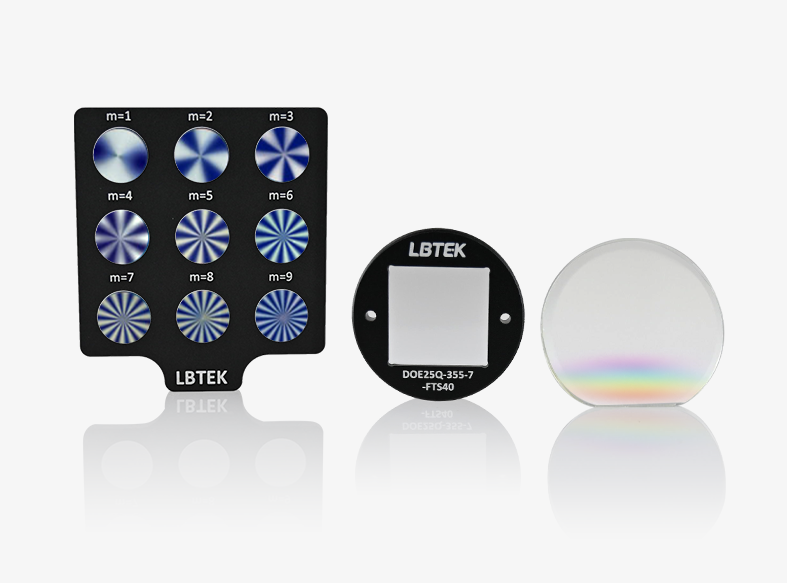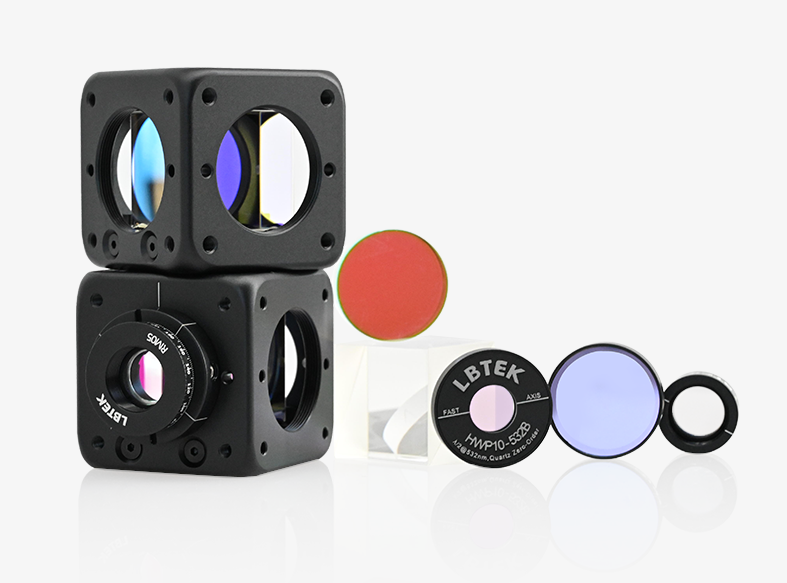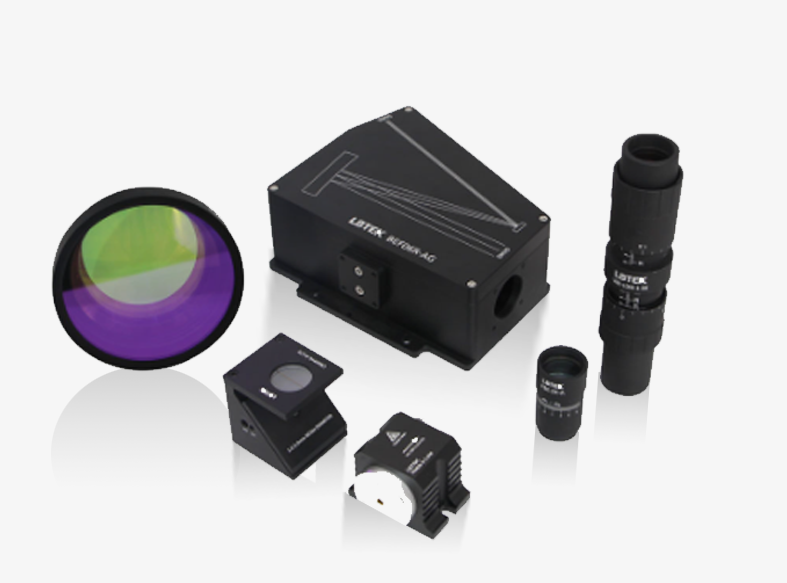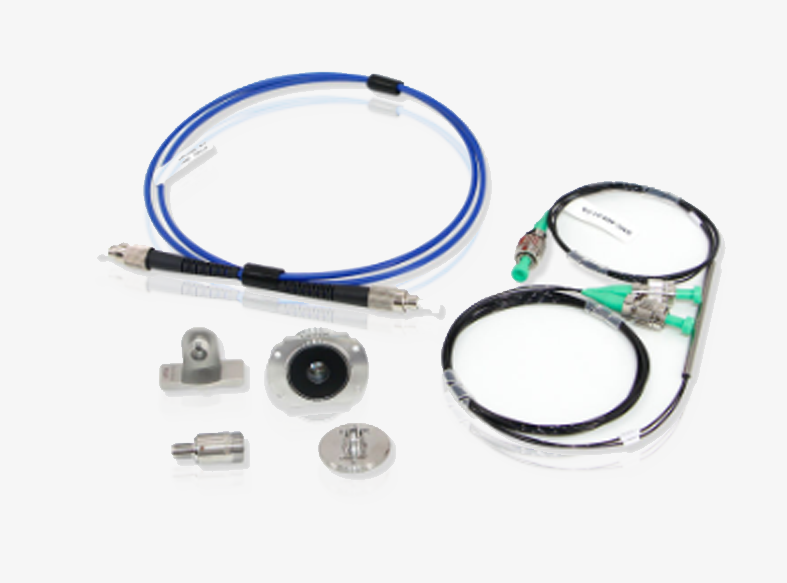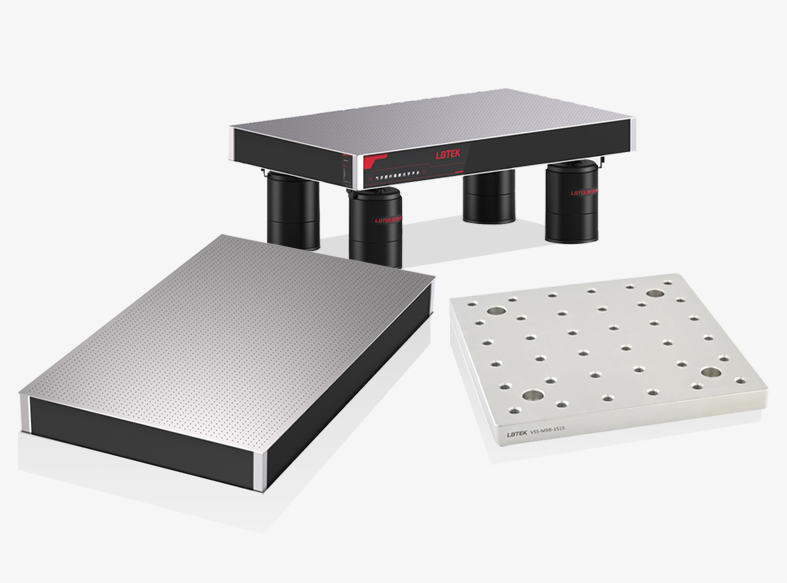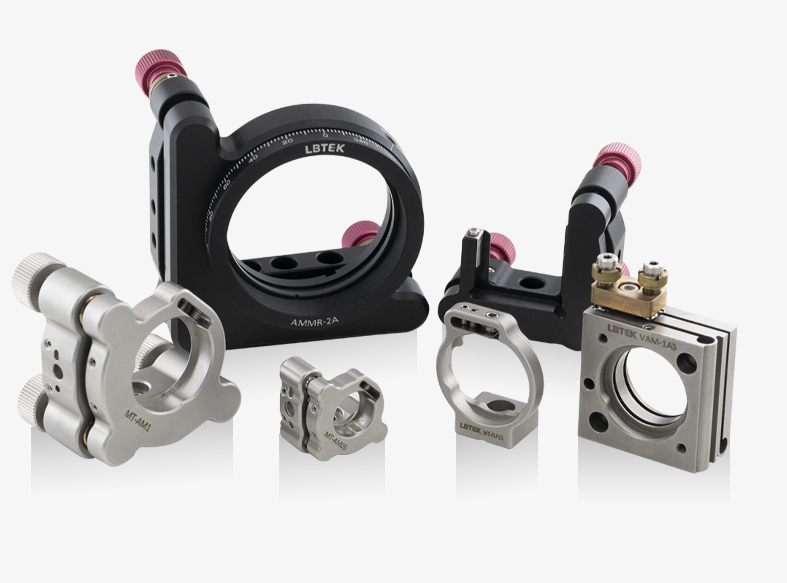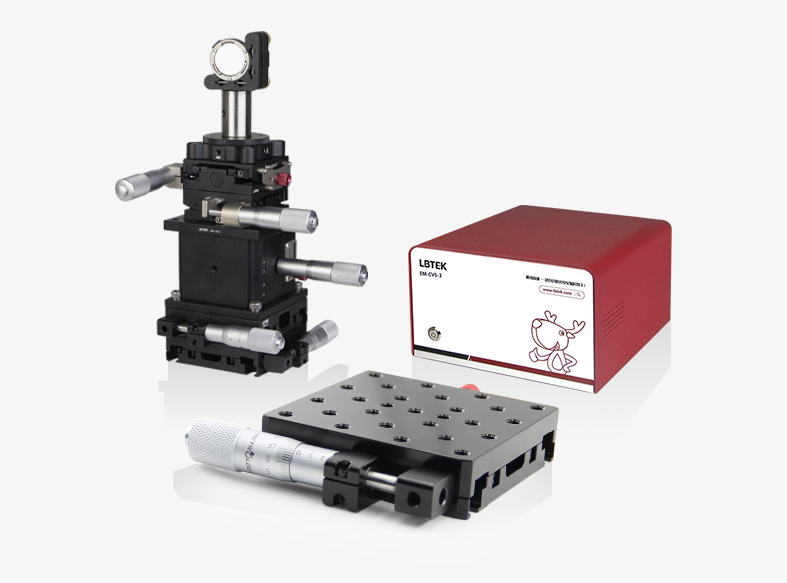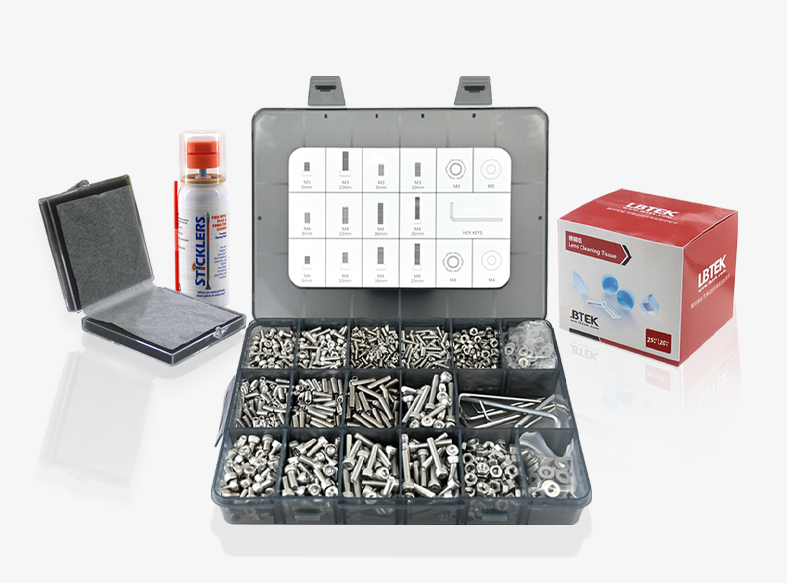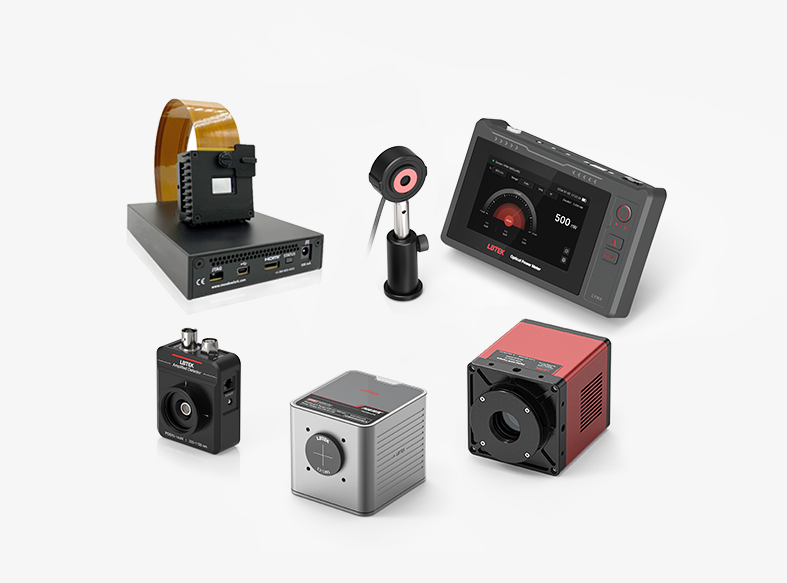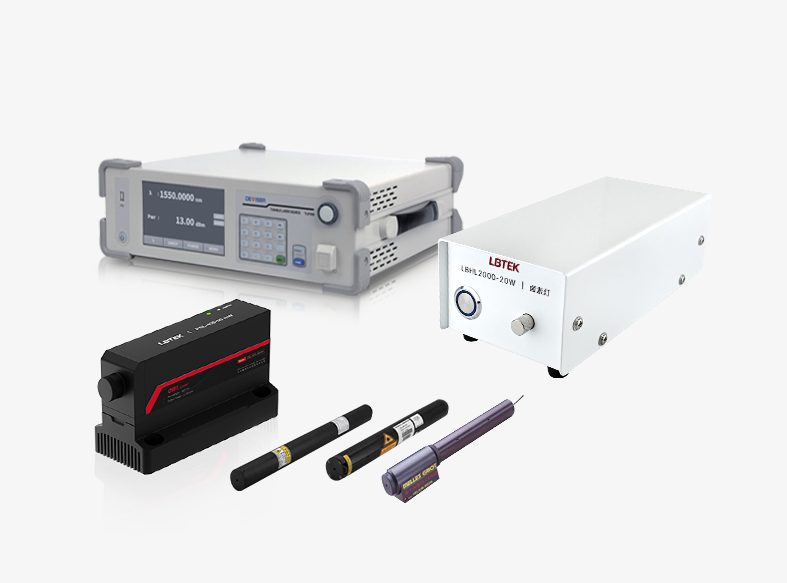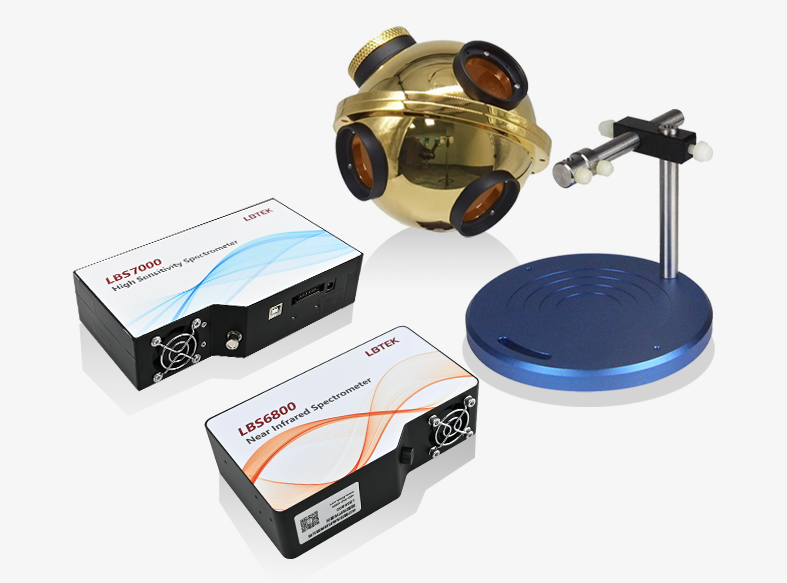- High detection efficiency
- 300 μm photosensitive area
- Low dark count
- Low afterpulse
- Low timing jitter
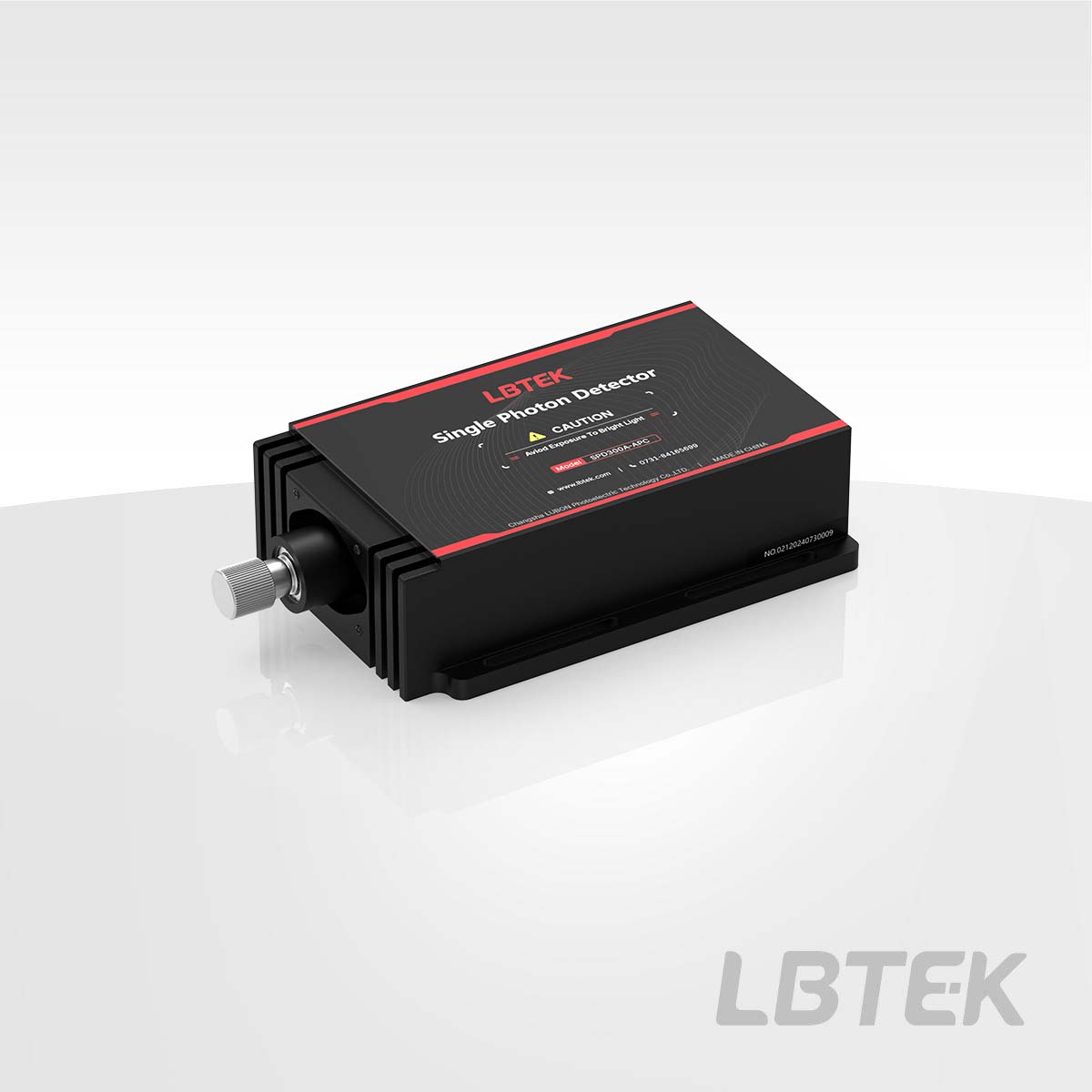
- Dark count <500 cps (typical value)
- Saturation count rate >10 Mcps
- Photosensitive area 300 μm
- Free space or fiber input
The LBTEK Single Photon Detector achieves a detection efficiency exceeding 55% at the 700 nm wavelength, with a dark count rate of 200-2000 cps and a dead time of less than 50 ns. It is available in two models: free-space input and fiber input. In special application scenarios, the operating temperature of the module should not exceed 50 °C, as excessively high temperatures may cause the APD's operating temperature to rise, leading to an increase in dark count levels. The APD is a highly sensitive photodetection device, and the input optical signal intensity should be controlled during avalanche operation. Excessive light intensity may damage the APD, potentially reducing its detection sensitivity or, in severe cases, causing diode breakdown.
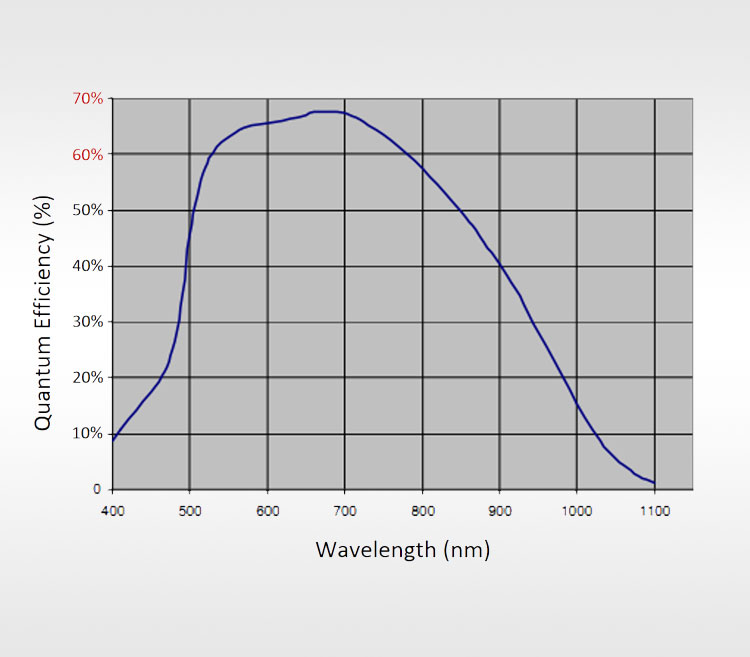
Product Model | Spectral response range | Anti-reflective coating | Input method | Unit Price | Compare | Lead Time | ||
|---|---|---|---|---|---|---|---|---|
| SPD300A-PC | 400 nm-1100 nm | 400 nm-700 nm | FC/PC Fiber Optic Connector | $2493.23 | today | |||
| SPD300A-APC | 400 nm-1100 nm | 400 nm-700 nm | FC/APC Fiber Optic Connector | $2493.23 | today | |||
| SPD300B-APC | 400 nm-1100 nm | 700 nm-1100 nm | FC/APC Fiber Optic Connector | $2493.23 | today |
